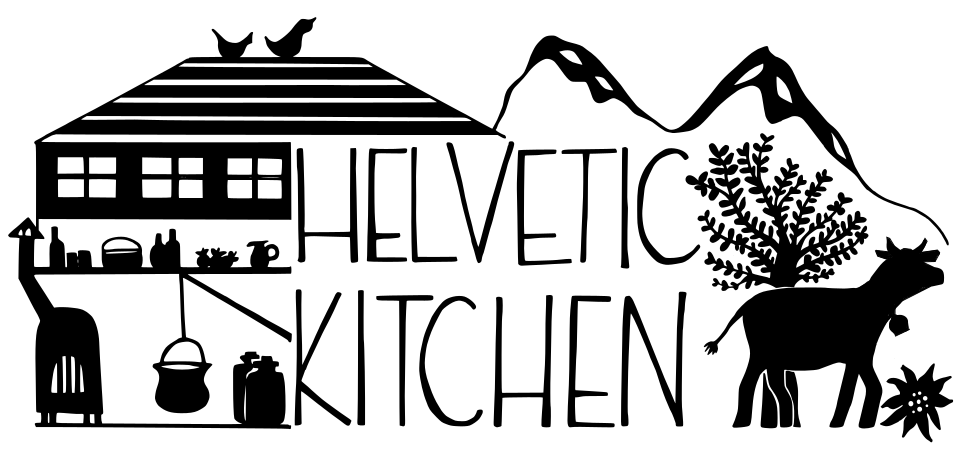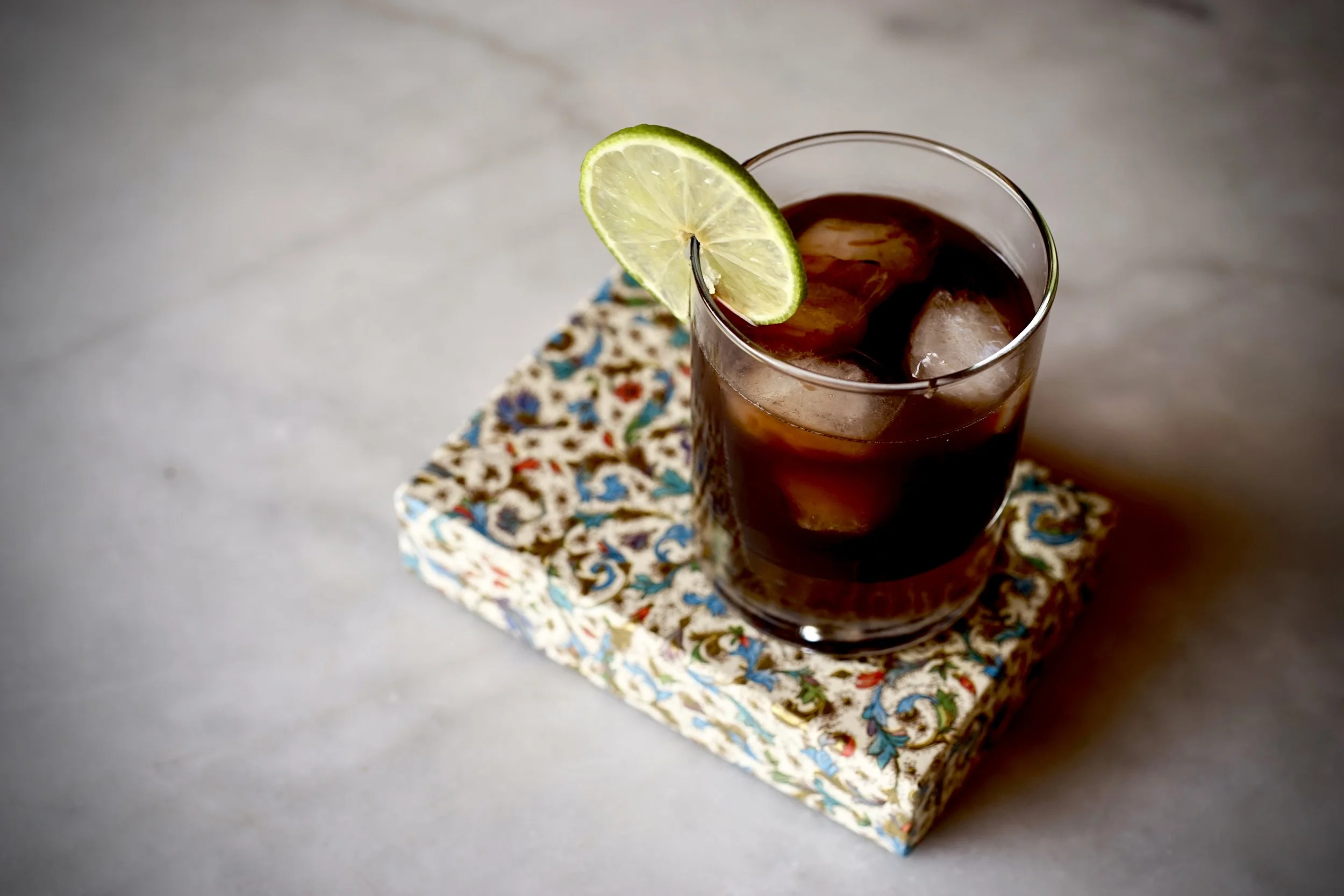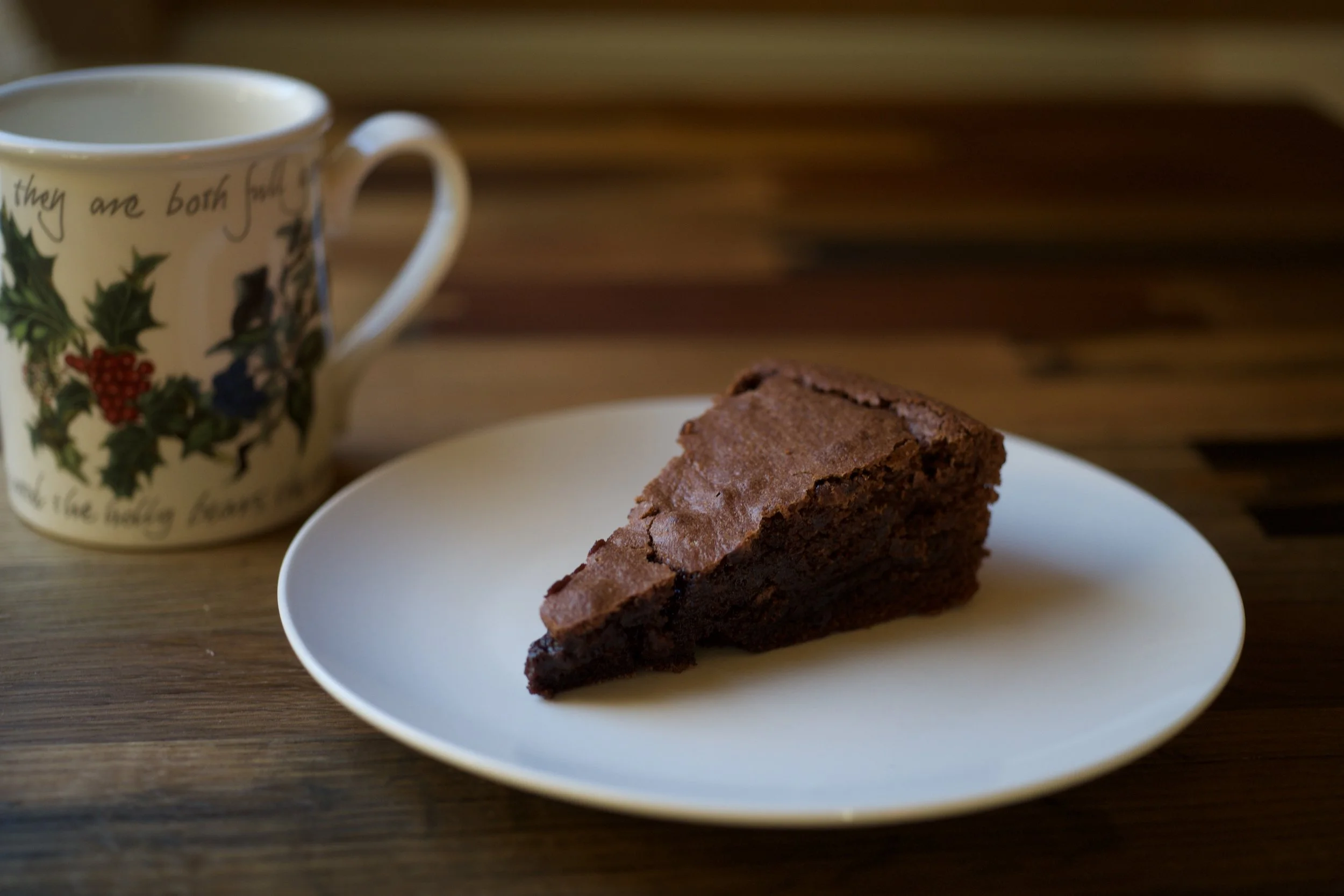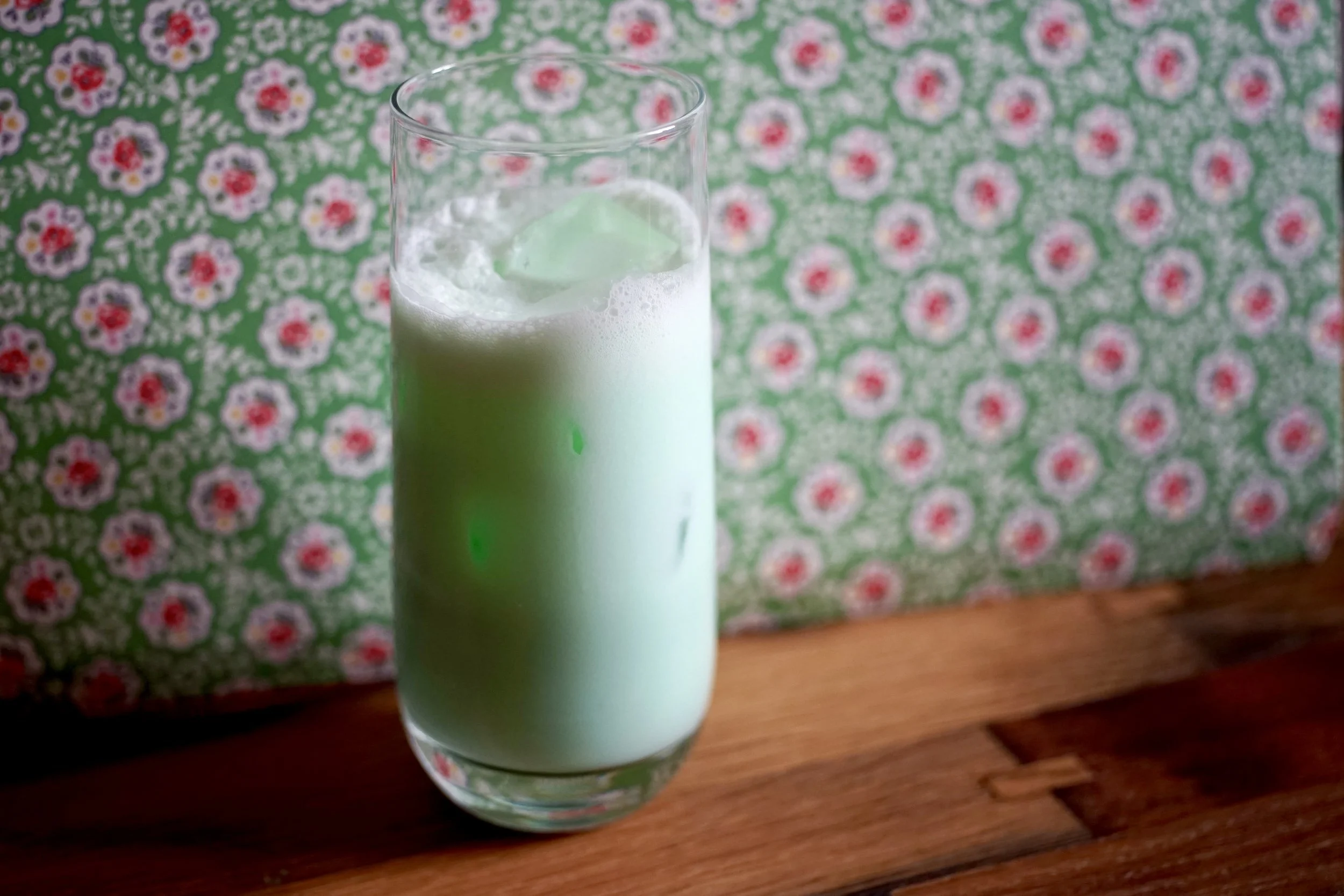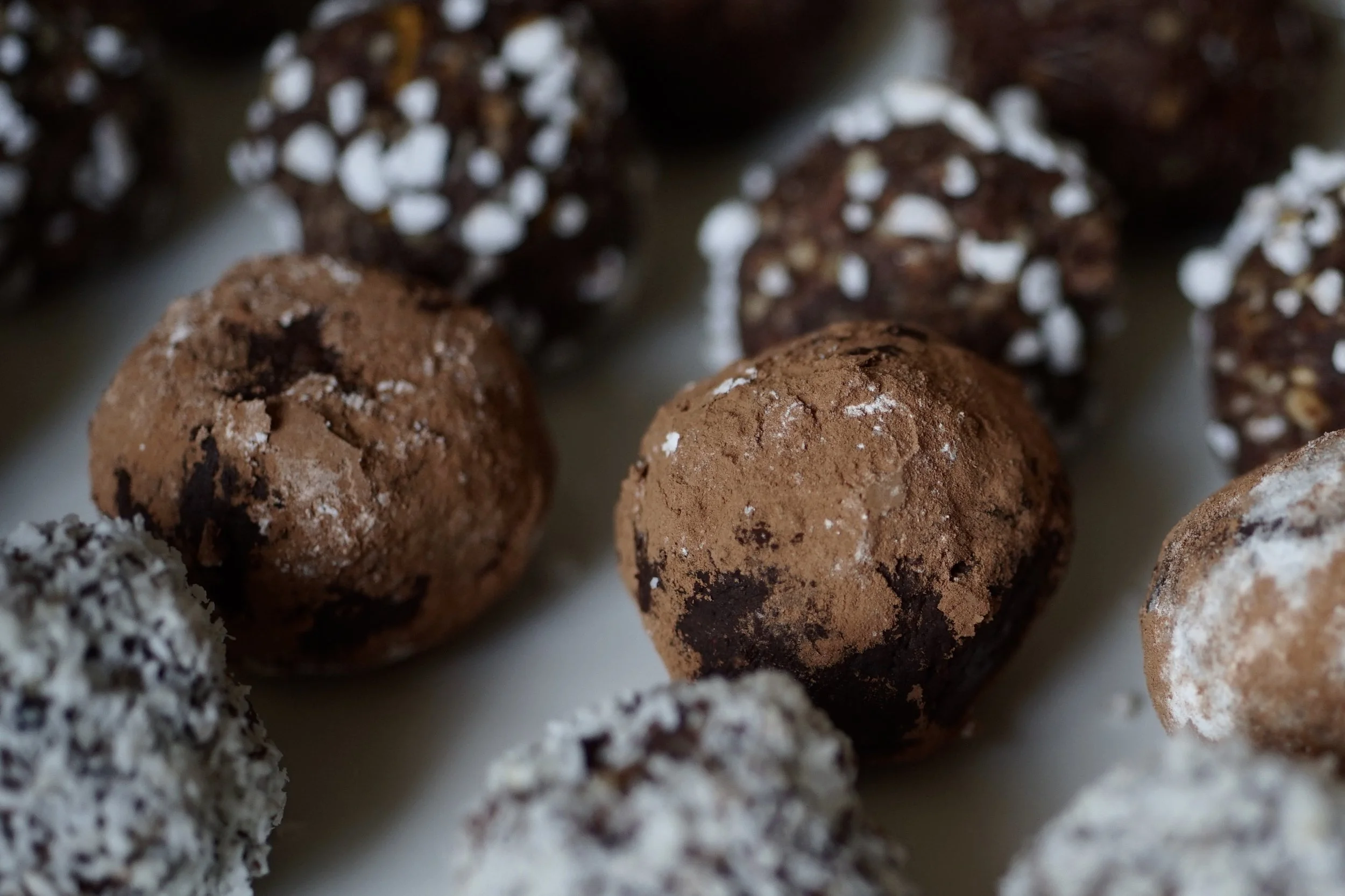Absinthe
Absinthe is originally from the Val-de-Travers, in the Swiss canton of Neuchâtel. It is made from a blend of anise, fennel, wormwood, and other botanicals. During the late 1800s it became the drink of choice for bohemians and artists alike, and was especially favoured by the French. Although it's now thought that much of its psychoactive properties were exaggerated, tales of hallucinations and mania led to the drink being banned in the early 20th century.
In Switzerland, it was the murderer Jean Lanfray who spurred this ban. He arrived home on a sunny day in 1905, and when his wife refused to polish his shoes, he murdered her and their two children with a shotgun. A more than occasional tippler, that day he had enjoyed cognac and soda, crème de menthe, coffee laced with brandy, over a litre of wine, and two glasses of absinthe. After his spree, he tried to take his own life, but failed and later stood trial.
Because of the general panic and distrust around absinthe, Lanfray's general boozing was mostly ignored and the crime was blamed squarely on his consumption of the two glasses of the green spirit. This led to a popular vote in Switzerland to ban the drink, which passed, and then was written into the constitution. Many European and North American countries followed suit.
In the late 1990s and early 2000s absinthe had a revival in Europe and North America. In 2005, the Swiss repealed the earlier ban and absinthe was again made (legally) in its birthplace, the Val-de-Travers, by distilleries like Kübler.
Familial obligations require me to mention that Distillery Studer also makes very delicious absinthe.

